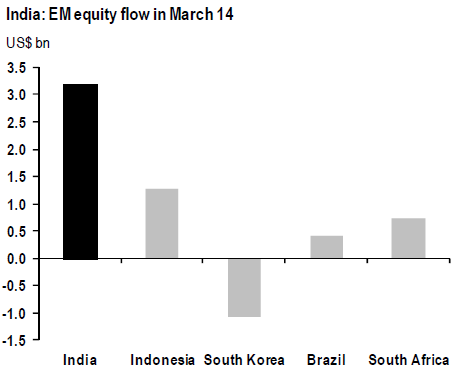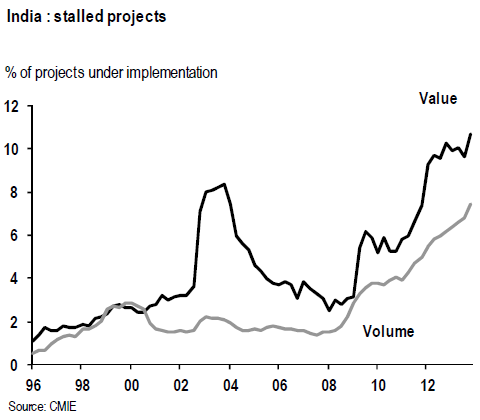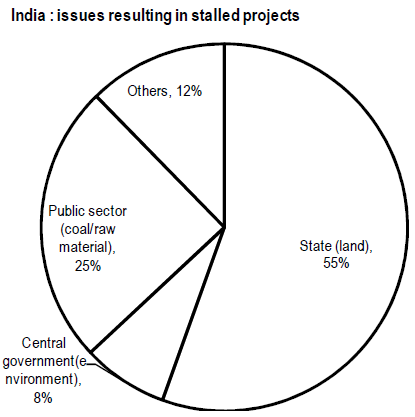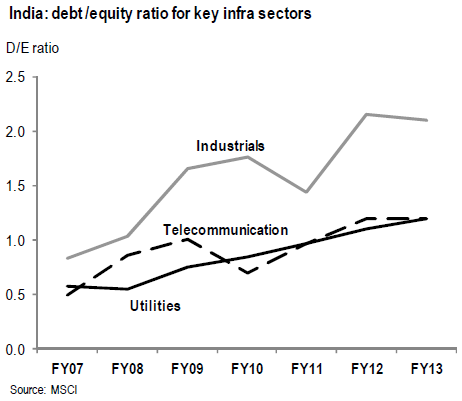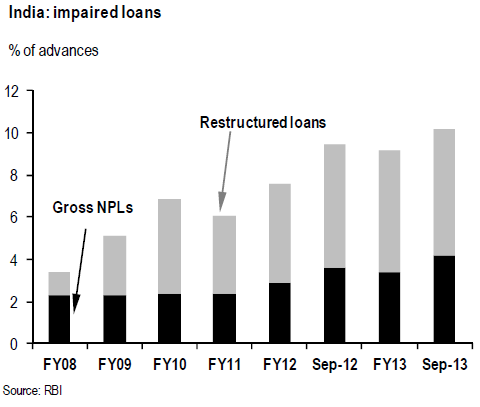Liquidity (or the lack thereof)
Open interest is a measure of liquidity of a particular market. For each buyer of a contract there must be a seller. From the time the buyer or seller opens the contract until the counter-party closes it, that contract is considered ‘open’. OI refers to the total number of derivative contracts that have not been settled.
Other than a few select indices and stocks, there is absolutely no liquidity in the option market. Here’s a chart of the latest total OI for the nearest (April) expiry:

And its worse for the next series:

Bid-offer spread
The problem with trading illiquid options is that the bid-offer spread ends up killing your trade. Compare and contrast the spreads for UNITECH and DABUR:




Don’t stop at trade setups
When you conceive option trades, make sure you consider liquidity constraints. Otherwise, your trade is likely to remain on paper.
The liquidity footprint is not static. For example, RCOM, which was #8 in Jan is nowhere to be found in the liquid dozen in April:

Monitoring liquidity risk is as important as checking your deltas and P&L and can often make or break a trade.


